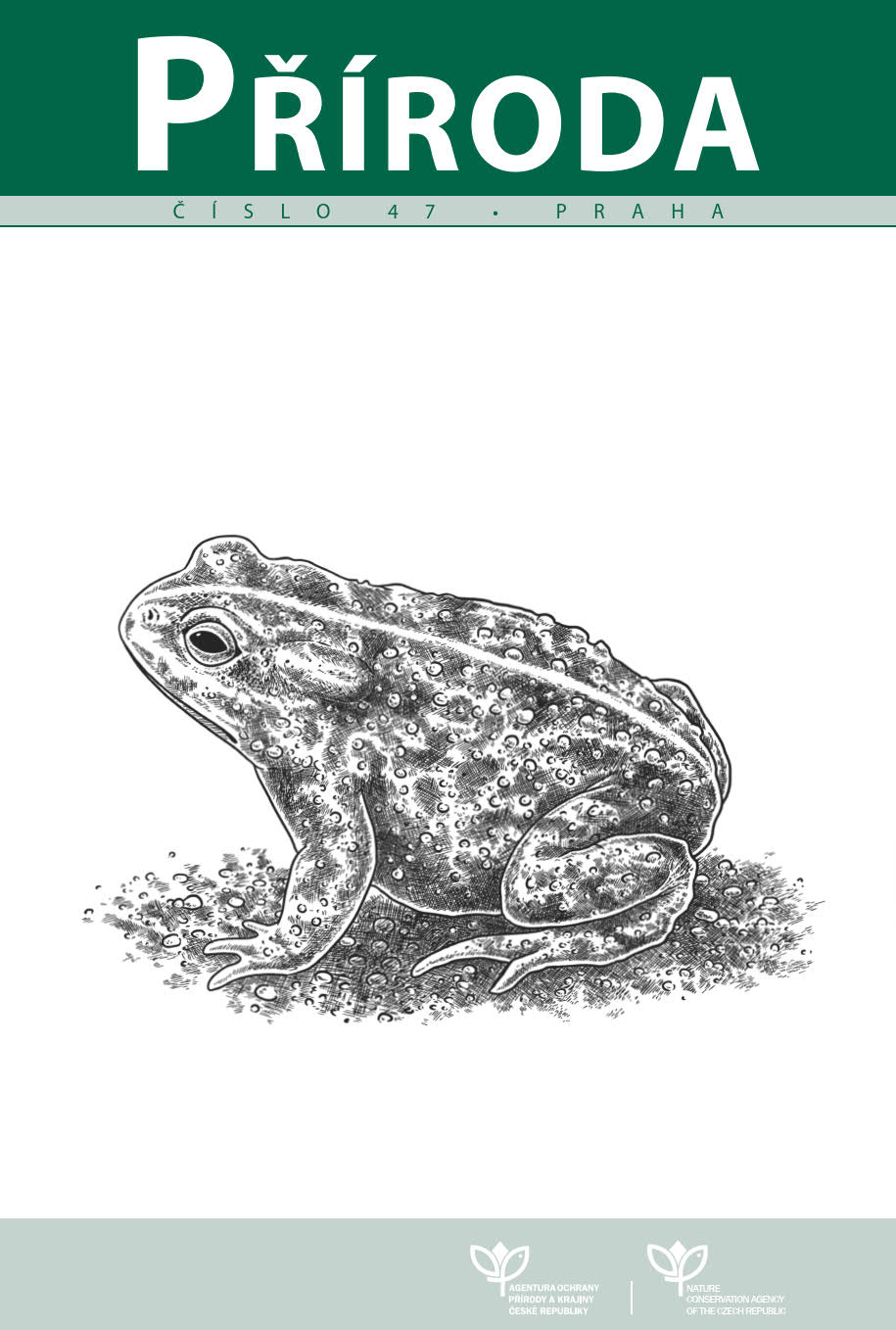The impact of uncontrolled supplementary feeding on a population of the European ground squirrel and the effect of regulatory measures
The impact of uncontrolled supplementary feeding on a population of the European ground squirrel and the effects of regulatory measures
Keywords:
animal conservation, endangered species, human-animal interactions, Rodentia, Spermophilus citellus, urban habitat, wildlife feedingAbstract
Locality Radouč adjacent to a housing estate in the town of Mladá Boleslav represents one of a few sites in the Czech Republic where the critically endangered European ground squirrel lives in a natural steppe habitat. Since approximately 2010, human-squirrel feeding interactions have been observed at this site. These interactions have led to a decrease in the ground squirrels' shyness and to an increase of the estimated population numbers from 35 in 2010 to more than 1500 in 2020. In summer 2021, “ground squirrel patrols” were established at the site to regulate the feeding of animals. At the same time, 80 individuals were live-trapped and translocated to other sites. Adult ground squirrels were captured at Radouč always in June in 2019 and from 2021 to 2024. We evaluated some characteristics of the animals before and after establishing the patrols and translocation of individuals. In total, we captured 148 individuals: a minimum of 22 was captured in 2024 and maximum of 41 in 2021. A low number of males (7 - 35%) and a large number of non-lactating females were captured each year. In 2022, the ratio of captured non-lactating females (57%) was even higher than of lactating ones. The following year, 2023, was conversely the most favorable for female reproduction, as the number of non-lactating females (19%) was the lowest observed. The mean body mass was 300 grams for males, 289 grams for non-lactating females and 257 grams for lactating females. Results showed that the feeding mostly affected body mass in males and non-lactating females. Only for these groups was the year proven as a statistically significant factor affecting the body mass, or the graphical data presentation showed obvious differences among years. Both these groups tended to reduce their body mass after the establishment of the patrols, while it remained almost the same for lactating females. Consequently, the obvious difference in body mass between lactating females and these two groups diminished after the patrols' establishment. The mean body mass was 307 grams for males, 314 grams for non-lactating females and 265 grams for lactating females in 2019, while it was 267 grams, 240 grams and 242 grams respectively in 2024. This study provides the first evaluation of the impact of human feeding on the European ground squirrel colony and suggests that the implemented regulatory measures could help direct the colony's functioning to a more natural state.
